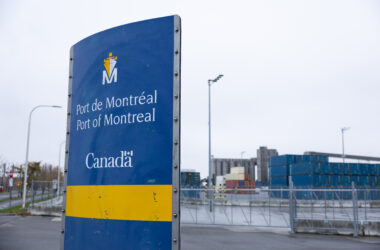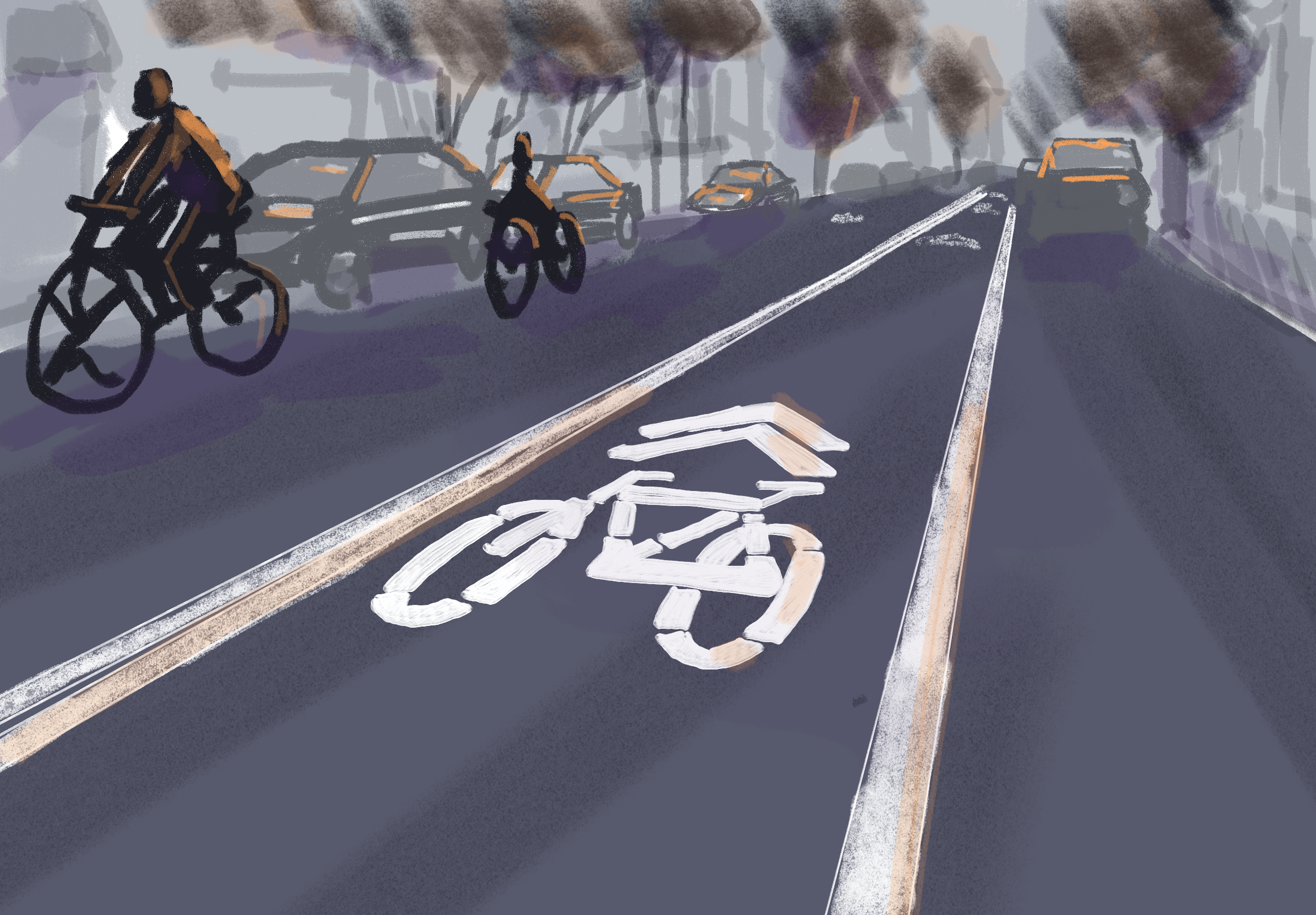Canada faces a dangerous shortage of medical doctors, leaving approximately five million Canadians without access to primary care providers in 2022. Simultaneously, internationally-trained physicians (ITPs) struggle to meet unnecessarily burdensome requirements to practice medicine in Canada.
Foreign-trained doctors must undergo eight cumbersome steps to obtain a Canadian medical license—as opposed to three for Canadian-trained doctors. These include the National Assessment Collaboration Objective Structured Clinical Examination, which is expensive, offered a few times a year, and only open to a small number of applicants. This is not required for doctors from the UK, Ireland, and Australia who can apply through the College of Family Physicians of Canada. ITPs must re-complete residency training, as most provinces do not recognize foreign clinical experience, despite many ITPS having been doctors for many years. This is particularly difficult considering only 10 per cent of residency spots in Canada are open for ITPs.
Although many provinces have introduced another quicker ITP-licensure pathway called the Practice Ready Assessment, this poses new challenges. All ITPs must fulfil a “Return of Service” requirement which mandates that physicians work in underserved areas for a set amount of time after completing their residency—usually, rural towns and communities where access to healthcare is especially low—for many years to be eligible for a license. These obstacles act effectively as indenture agreements, while Canadians and Americans are not subject to the same restriction of movement and job freedom. They do not ensure doctors are actually qualified, disregard doctors’ potential need for additional training, and apply indiscriminately to ITPs, regardless of expertise, of which 78.1 per cent are from non-Western countries. This exposes how the inequitable licensing process lacks justification and disproportionately affects doctors of colour.
In 2020, a group of internationally trained physicians filed a human rights lawsuit—against the British Columbia Ministry of Health, the College of Physicians and Surgeons of B.C. and the University of British Columbia—for imposing barriers on foreign-trained doctors. They outlined how these discriminatory practices propagate a blatant double standard for ITPs, even when ITPs have the same level of qualification and often even more clinical experience. They argued that the province is blocking most immigrant physicians from pursuing their livelihood and lifelong profession.
Racialized doctors’ expertise is severely devalued, and systems that uphold standards of professionalism and expertise really often protect standards of whiteness in “prestigious” institutions. It indicates a deep lack of motivation in Canadian governments to change mechanisms of white privilege and systemic racism, even when it is detrimental to the health and well-being of all Canadians.
Effective steps towards addressing Canada’s doctor shortage and the discrimination faced by ITPs would include increasing residency and professional positions for all doctors, with more spots open for ITPs, and lowering costs for examinations and re-training. Canada should also prioritize equality for all foreign workers by establishing more agreements—such as existing modified pathways for doctors from Ireland, the UK, and Australia—for already licensed doctors to skip re-examination and re-training, especially with doctors from Asian countries, where 62 per cent of ITPs immigrate from. Instead of forcing only foreign doctors to work in underserved areas with Return-of-Service contracts, Canada must provide incentives to all doctors to address community needs.
Although Health Ministers and politicians promise action in the form of expanding open residency positions, making the licensing process quicker, and allowing ITPs to run independent practices, these measures barely scratch the surface. They do not address the scale of the problem or the systemic inequality, racism, and xenophobia still embedded within the structure of the medical licensing process.
Ironically, Canada remains committed to enforcing the myth that these qualified doctors must be vetted and barred from practice to such a high degree to protect Canadians’ “safety,” while millions of Canadians suffer from a lack of medical care. In order to obtain the necessary structural changes, there is a need for meaningful consideration of this deeply entrenched racist conflation between expertise and whiteness, as well as comprehensive disruption of the bureaucratic and political systems that uphold it.









